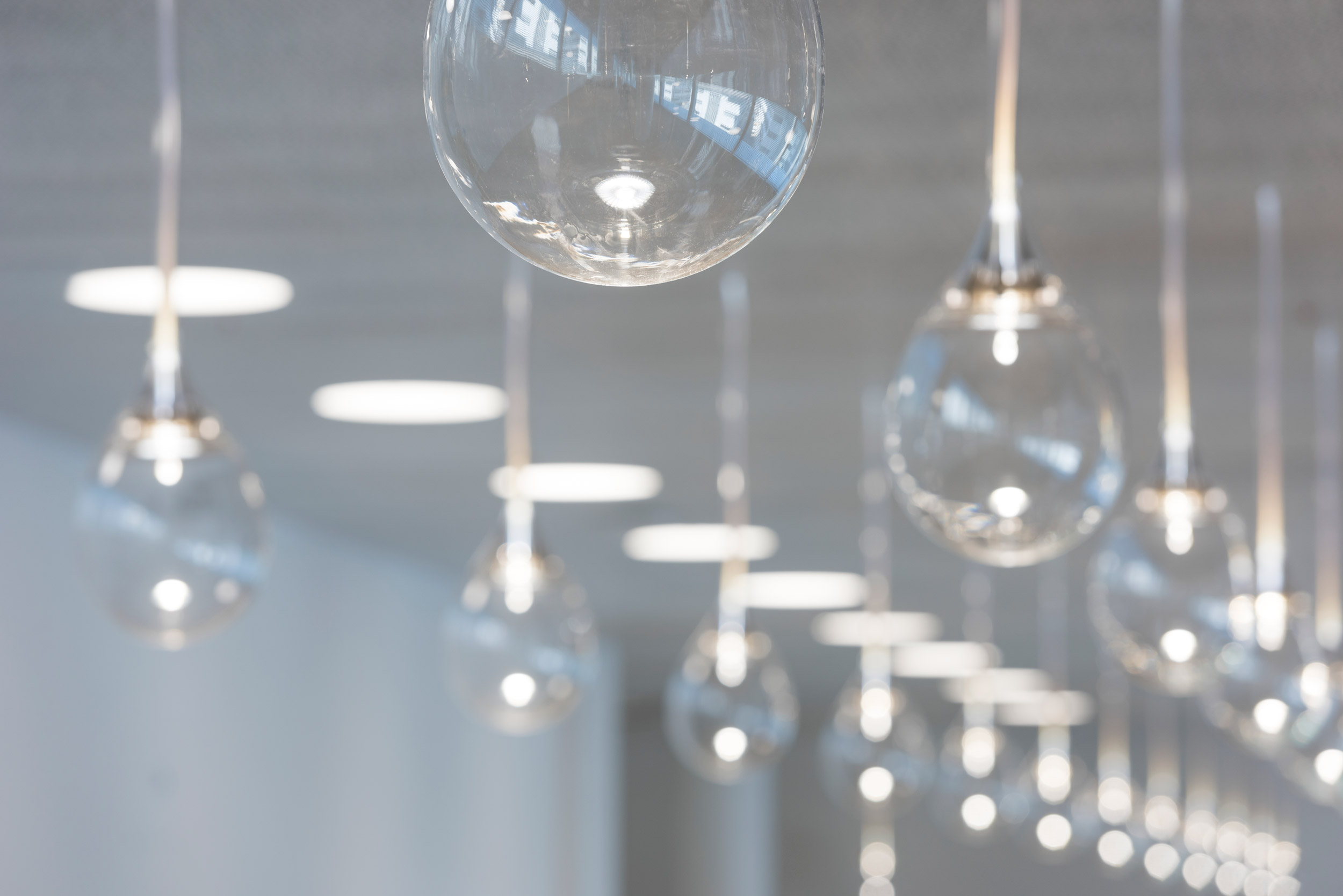
Sustainable technology
Implement the latest technology and strategies to reduce our environmental impact.
Down“Never before have we had such an awareness of what we are doing to the planet, and never before have we had the power to do something about that..”Sir David Attenborough - Natural Historian
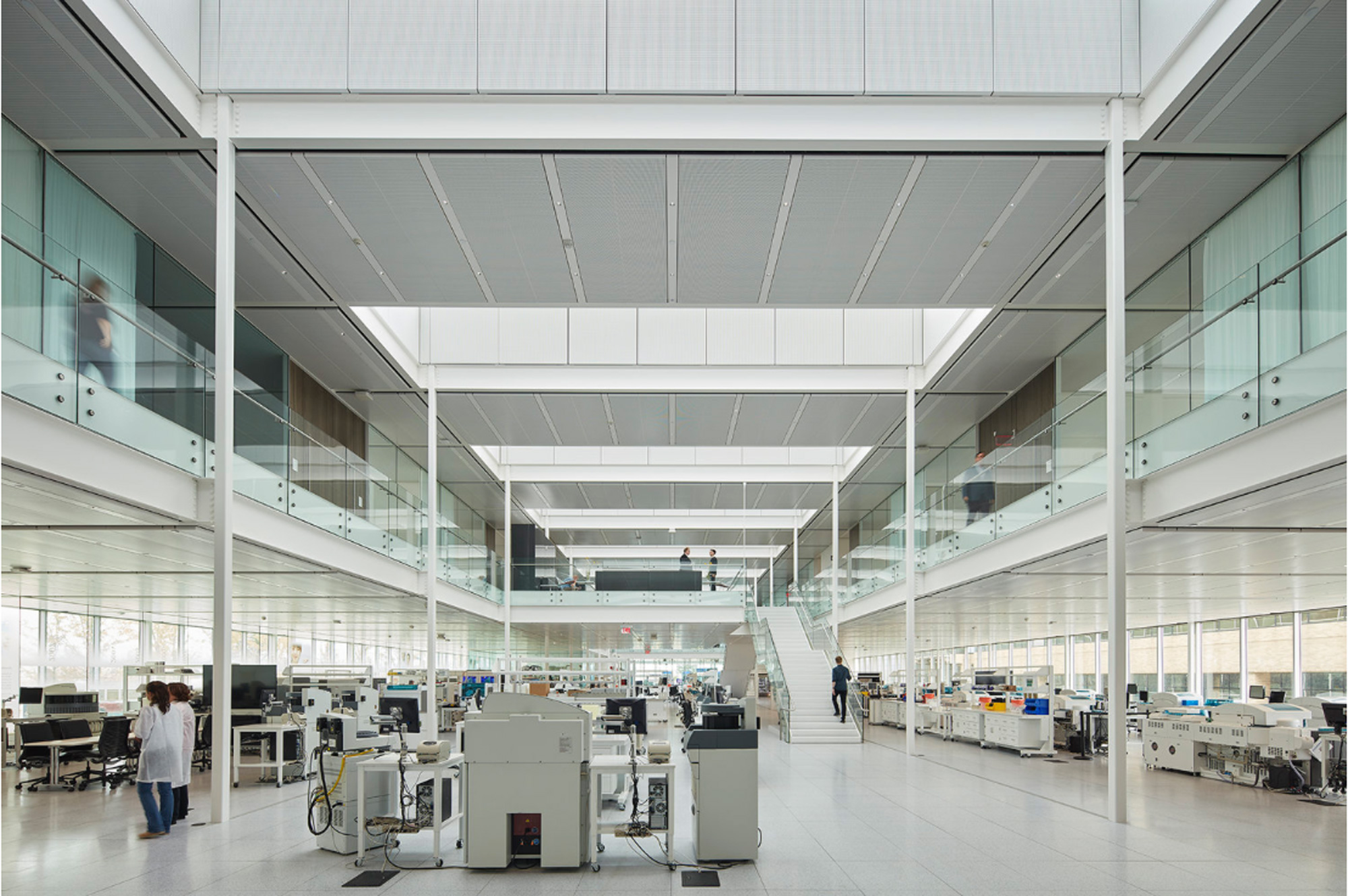
A culture of responsibility
Cutting-edge technologies such as artificial intelligence (AI) and internet of things (IoT) are already allowing businesses to become cleaner and more efficient. Implementing smart technologies, such as data register, energy savings and efficiency passive strategies, and a culture of responsible sustainability in the company, contributes to the better preservation of the planet.
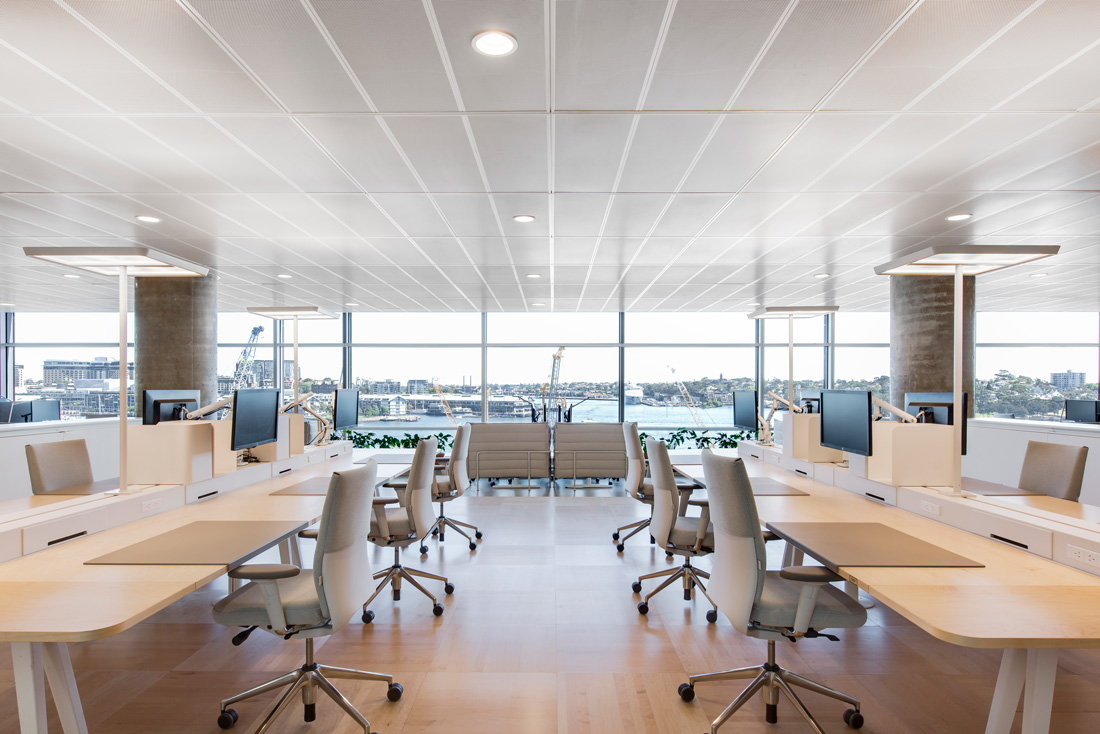
Efficient lighting
Why LED technology is the smartest choice to reinforce the use of natural light:
- The lowest energy consumption of any lighting product to date.
- LEDs are RoHS compliant and do not use mercury, which makes a cleaner alternative to fluorescent and CFL lamps and LED bulbs.
- Instant-start with no warm-up time needed.
- Light quality is equal or superior to traditional lighting products.
- LED is K18 mandatory.
- Install automated lighting control through presence sensors for energy savings.
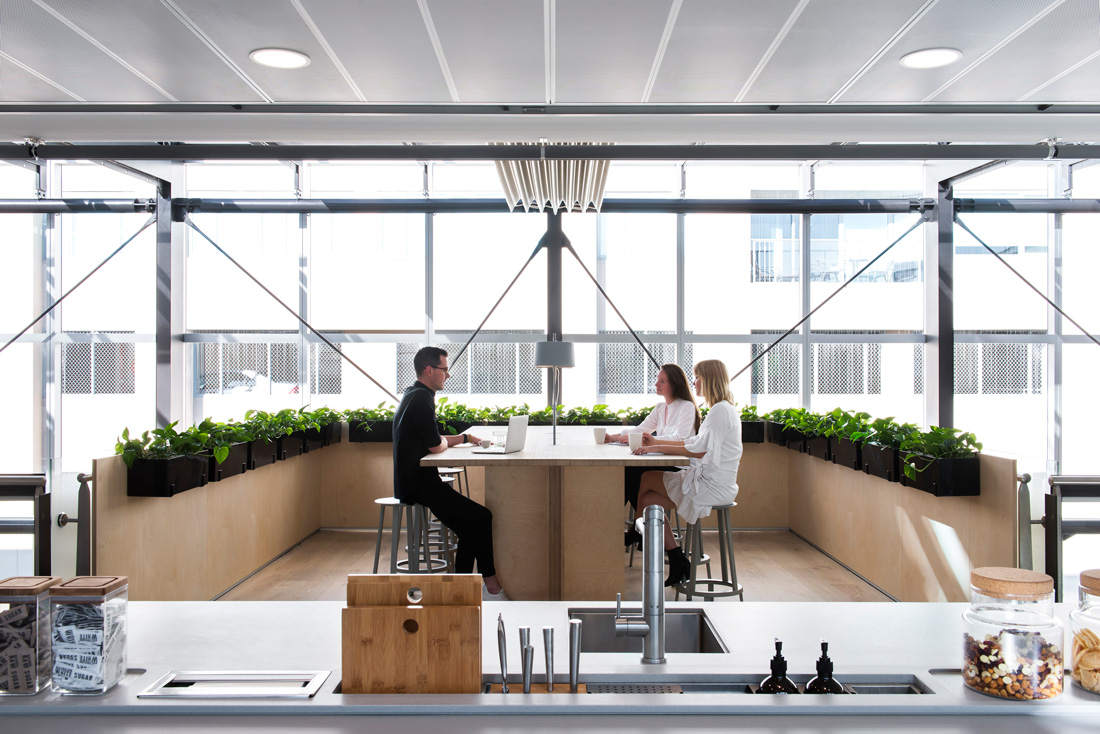
Low water use
Promote a water saving culture:
- Install sensor-activated water taps, low-flow toilets, waterless urinals or faucets with aerators in bathrooms.
- Install dishwashers in all kitchen areas to minimise single-use cutlery and crockery.
- Select indoors plant species that require low irrigation.
- Choose easily washable upholstery, carpets, and curtains, made of durable and stain-resistant fabrics.
- Employ water filters / drinking stations that use tap water to minimise bottle waste.
Motivate a mission of change
Define your long-term purpose towards sustainability to get people involved and engaged.
- Sustainability is an integral part of Roche operations; create knowledge and competence, and make this mission visible inside and outside the company.
- Increase sustainable awareness while considering local specificity; encourage “reduce, reuse, recycle” practices; showcase achievements.
- Promote eco-friendly mobility by planning for bicycle parking spaces and other support areas.
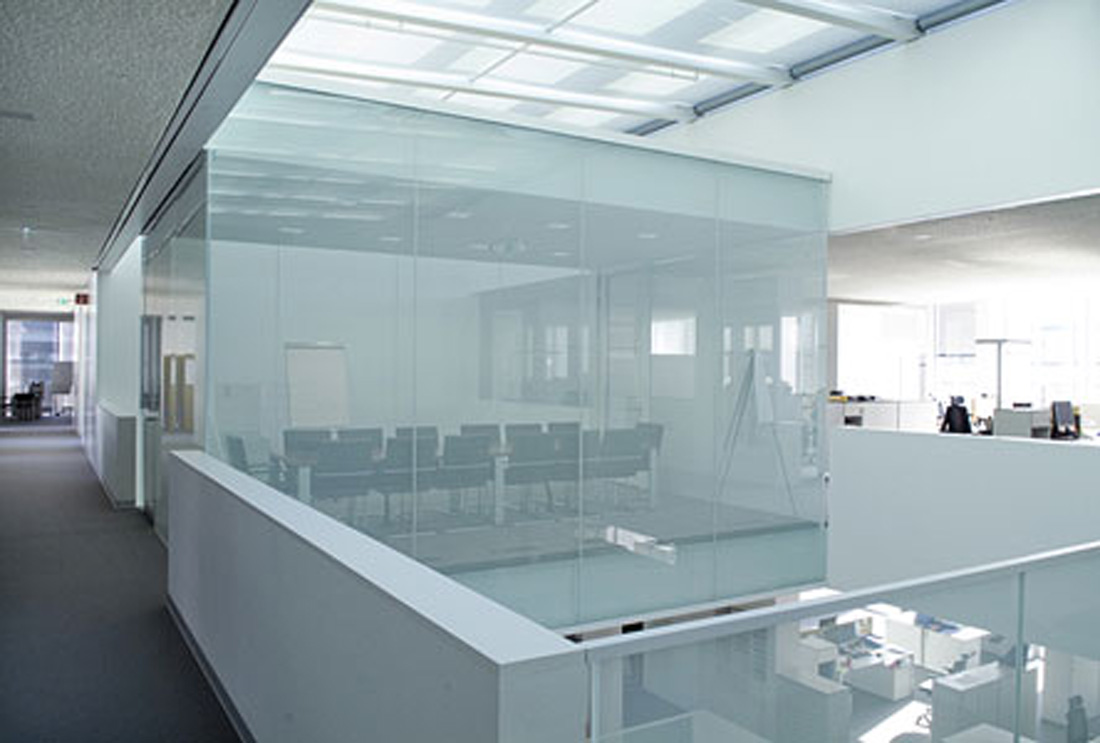
Cooling and heating, passive strategies
While keeping in mind the local climate conditions and building orientation:
- Prevent heat gain by using external shading and / or automatic control devices, like horizontal or vertical louvers.
- Regulate heat gain and dissipate heat by confronting openings that stimulate cross-ventilation during daytime and introducing cool air at night.
- Consider the thermal mass of the building for seasonal temperature variations.
- Use heat recovery systems.
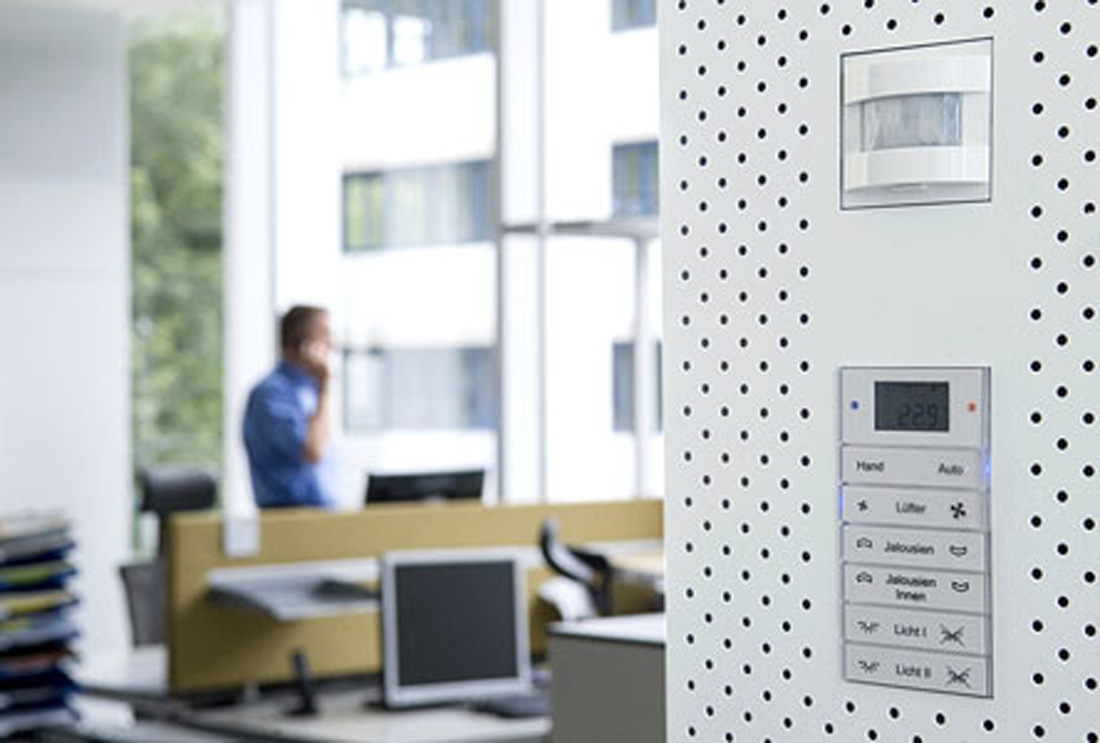
Cooling and heating, active strategies
To contribute to eliminating greenhouse gases:
- Ensure compliance with K6 and K18 directives.
- Use only natural coolants, such as ammonia, CO2, and non-halogenated hydrocarbons.
- Design using on-demand cooling control.
- Utilise heat removal with water systems instead of air.
- Avoid de-humification if not required.
- Consider reusing heat where possible.
- Asses adiabatic, desiccant cooling, or further innovative cooling systems to reduce energy consumption and peak loads.
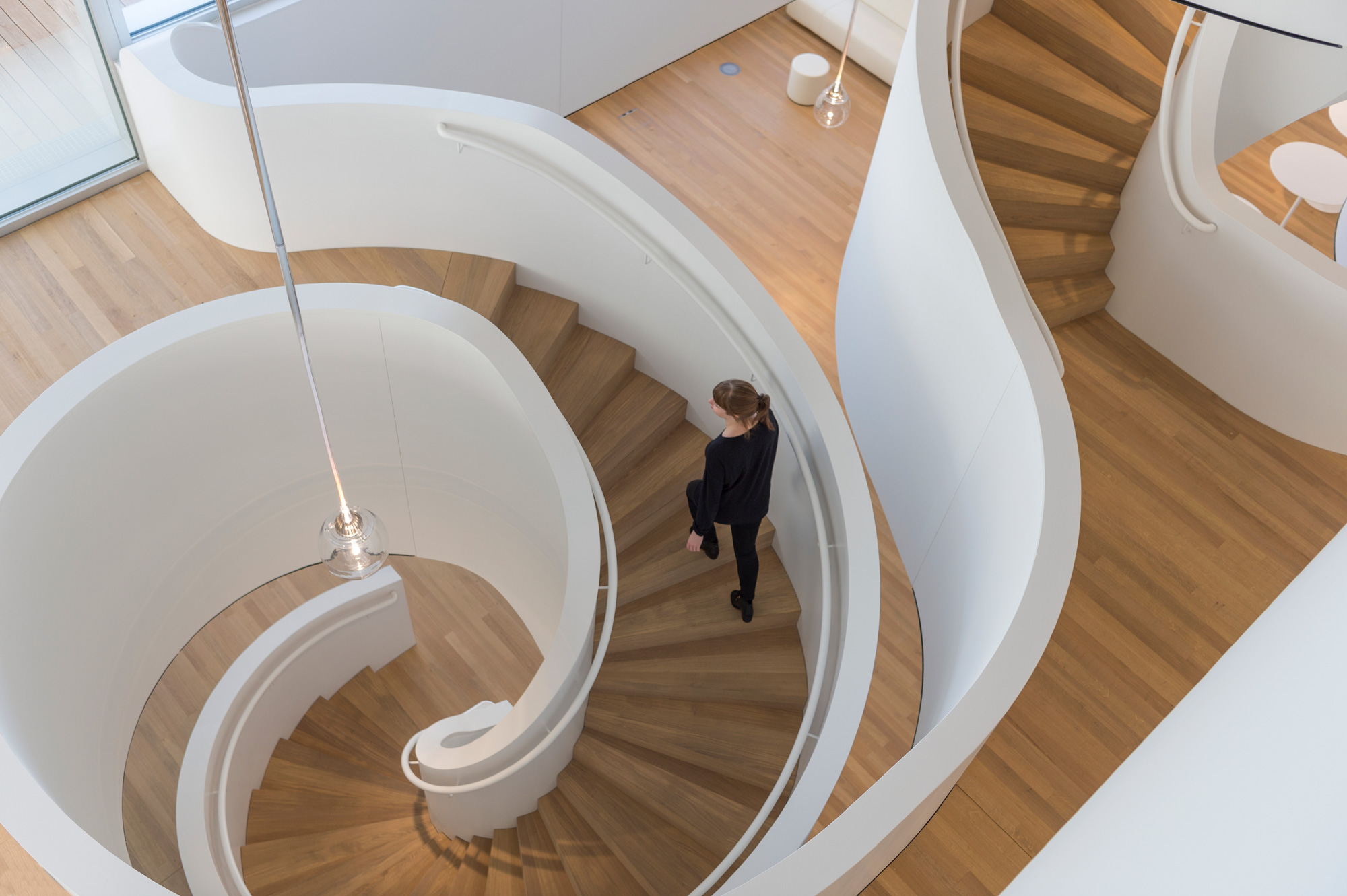
Low-impact materials
Innovation in sustainable materials technology is constantly growing. Keep up-to-date and implement the most advanced products and materials:
- Include visually engaging products in which beauty is inherent to sustainability.
- Choose the right type of material for each application.
- Use eco-friendly materials that have a low carbon footprint, contribute to circular economy, and have certifications, such as FSC wood, Blue Angel, Energy Star rating, GOTS, or Ecolabel for textiles, etc.
- Avoid toxic materials that emit toxic VOC’s or petroleum-based materials, such as plastic polymers, which can have negative effects on human health.
- Big impact can be achieved through thoughtful carpet and ceiling choices, given the large areas.
- The life span is an important factor for sustainability, consider life-cycle cost.
Key to Sustainable technology
- Take design opportunities to promote and communicate sustainable awareness, considering local specificity.
- Facilitate low-energy solutions for cooling, heating, lighting, etc. in compliance with Roche sustainability directives K6 – K18.
- Choose non-toxic products and materials with a low environmental impact.